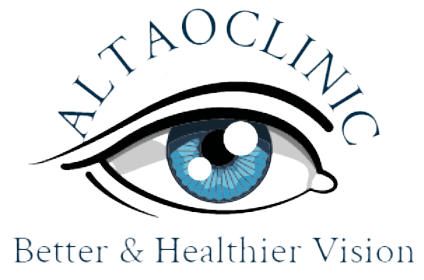1. The Wonders of Wearing Contact Lenses
If you want to see the world like never before, contact lenses are the solution for you. Wearables allow vision to be corrected in a more natural, unobtrusive style while providing a better range of vision than ever. Contact lenses offer amazing advantages:
- Wide field of vision: With modern lens technology, wearers’ eyes get a wider, more complete field of vision that allows for optimal sight coverage and object recognition.
- Convenience: With contact lenses, you don’t have to take glasses off for activities such as swimming or working out. It is an excellent option for people who value convenience and practicality.
- Durability: Manufactured with advanced materials, contact lenses are very stable and durable. This provides excellent protection against scratches and damage.
Contact lenses are available in a wide range of styles, including daily, weekly, monthly, and extended wear. There are contact lenses for all needs, whether for a special occasion or everyday use. Contact lenses are definitely a great way to see the world around you.
2. What can maybe go wrong with Contact Lenses?
Dryness: One of the primary issues associated with contact lenses is dryness. Eyes may feel itchy, or the lenses may even slide out. Additionally, an accumulation of protein can occur, which may require frequent cleaning and topical medications.Infection: Without proper use of contact lenses and proper hygiene, infection may occur. Always clean your lenses before use and always keep your hands clean while removing, cleaning, and storing them. A bacterial infection can occur, or a person may develop an allergy to the material of the lenses. In either case, virus removal and antibiotics may be required.
- Never share your contact lenses or contact lens supplies with another person.
- Replace your contact lenses as recommended by your doctor.
- Always clean your contact lenses before and after use.
- Make sure to take good care of your eyes and always follow the manufacturer’s instructions.
3. Out of Sight – Invisible Side Effects
When we think of the repercussions of our actions, we tend to think of those things that are readily noticeable. What we fail to realize, however, is that often there are subtle invisible side effects taking place, some of which may have massive consequences. Here are three of the most understated impacts of our decisions.
- Social Impact: Our actions, whether it be for personal gain or public benefit, directly affect the lives of those closest to us. From family members to the people in our community, a single act can easily adjust their day or their life, whether positively or negatively.
- Economic Impact: Money plays a major role in most of our decisions and carries a substantial invisible consequence in that it can alter the economy. Something as bold as a business transaction to something as ordinary as a daily purchase can affect the labor force, demand, and cost of goods and services.
- Environment Impact: The environment often takes a backseat when it comes to consideration of the repercussions in our decisions, however, its side effects are vast and continual. Direct activities like pollution and resource extraction have lasting implications on the land and air and even the smallest of human behavior can contribute to the pressure of global pollution.
The invisibility of our actions is part of the problem, especially when their outward implications can so quickly be overlooked. But it is also our greatest hope, showing that even the smallest of decisions can have a far-reaching positive impact that we may never know. When we take a moment to connect our every action to its potential invisible impact, it can give us a renewed appreciation mother nature and each other.
4. Managing your Contact Lens Habits
Keep Your Lenses Clean – A good contact lens habit begins with regularly keeping your lenses clean. Wash and rinse your hands with soap and water, then dry them with a lint-free towel before handling your lenses. After removing your lenses, clean and disinfect them according to your optometrist’s instructions using the proper solution. Some lenses must be soaked overnight, while some may be rinsed and cleaned before insertion.
Track Your Wear and Disposal – Always track your new lens wear and the old lenses’ disposal. Wear and replace all your lenses according to the instructions given by your optometrist. Never override your optometrist’s suggestions, even if your eyes feel ok. You should also note the number of days you’ve worn the lens and the full life span of the lens you’re using. Dispose of worn-out lenses properly as per the instruction provided by your optometrist.
Whatever your eye condition, glasses or contact lenses may be the solution. Before you jump into the eyewear game, make sure to do your research, and most importantly, keep your eyes healthy!




